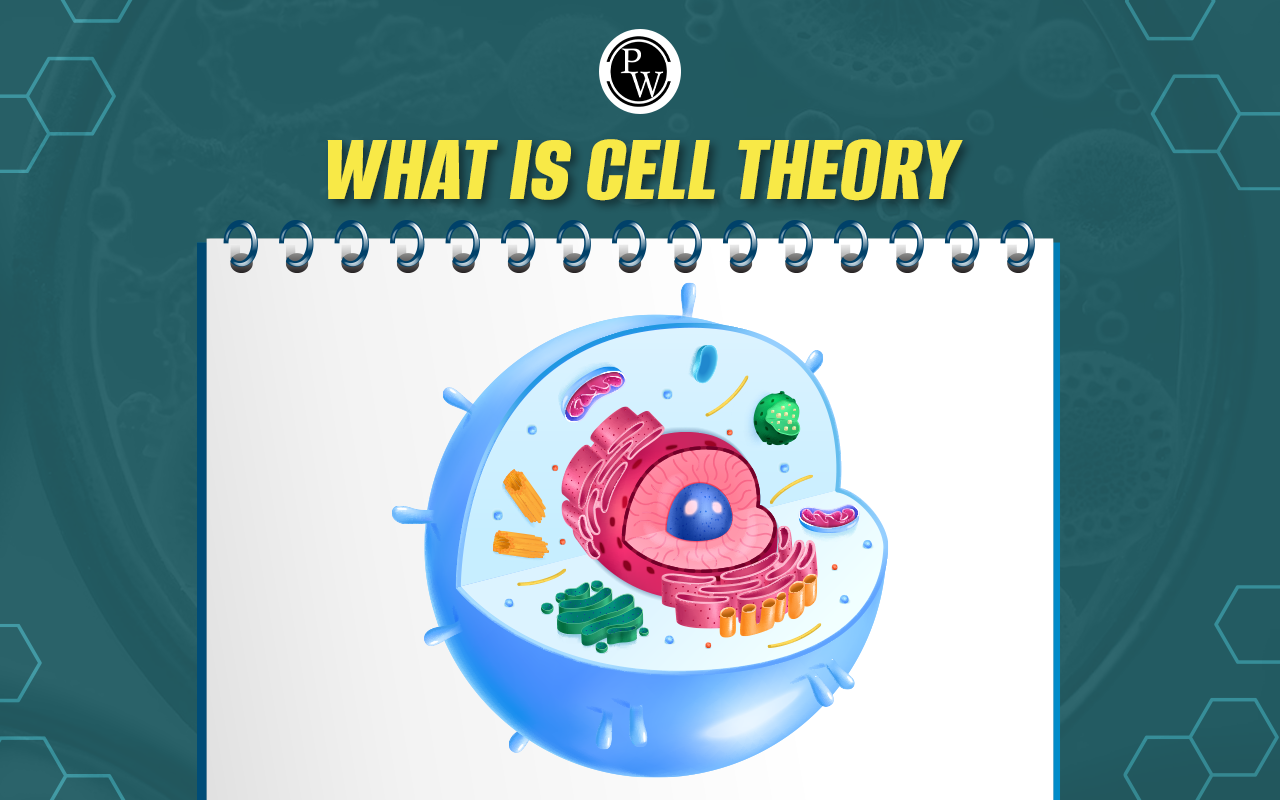
Difference Between Hypertrophy And Hyperplasia: Diseases can arise from various causes. Some diseases are caused by random changes in a cell's ability to grow and function normally, whereas others occur when external factors cause changes in the cell's environment, disrupting its ability to maintain homeostasis.
| NEET Biology Syllabus | NEET Biology Diagrams |
| NEET Biology MCQ | NEET Biology Chapter wise Weightage |
| NEET Biology Notes | NEET Previous Year Question papers |
These changes can cause hyperplasia, hypertrophy, atrophy, or metaplasia, which can be both physiological and pathological depending on whether the stimulus is normal or abnormal. Hypertrophy and hyperplasia are terms commonly used in medical contexts. The primary difference between hypertrophy and hyperplasia is the extent of cell proliferation.
For example, a muscle can grow in size by enlarging individual cells (hypertrophy) or increasing the number of cells (hyperplasia). The following article discusses the difference between hypertrophy and hyperplasia.
Difference Between Hypertrophy And Hyperplasia Overview
Hypertrophy is the enlargement of individual muscle cells, which increases the volume of muscle fibers. This process is typically caused by an accelerated rate of protein synthesis and is facilitated by heightened activity in the myonuclei. For example, when a specific motor neuron causes a muscle cell to enlarge, hypertrophy occurs. Weight lifting causes muscle hypertrophy due to the increased rate of protein synthesis.
Hyperplasia, on the other hand, represents a distinct cellular response to stress or injury. It is the process by which undifferentiated, unspecialized cells differentiate into specific tissue types. Hyperplasia can develop suddenly or gradually. These terms are widely used in pathology to describe abnormal growth patterns in living tissues.
Normally, tissues grow in an orderly manner in response to physiological stimuli. Tissues, on the other hand, can grow uncontrollably in extreme or abnormal circumstances. Hyperplasia and hypertrophy are distinct pathological processes, each with unique characteristics. This article will delve into their definitions, types, mechanisms, and causes to elucidate the difference between hypertrophy and hyperplasia.
Difference Between Hypertrophy And Hyperplasia
Hypertrophy and hyperplasia are biological processes that promote the growth of tissues or organs. While hormones or growth-regulating factors typically influence all tissues and organs in the human body, some can grow indefinitely, while others do not. Cell hypertrophy is the enlargement of cells, while hyperplasia is the proliferation of cells. The table below outlines the difference between hypertrophy and hyperplasia.
| Difference Between Hypertrophy And Hyperplasia | ||
| Term | Hypertrophy | Hyperplasia |
| Definition | Increase in cell size, enlarging organ or tissue without cell increase | Increase in cell number, enlarging organs or tissue |
| Causes | Increased functional demand or hormonal stimulation | Increased number of cells undergoing mitosis from G0 phase |
| Types | Physiological (e.g., muscular hypertrophy), Pathological (e.g., gene expression changes) | Physiological (e.g., hormonal hyperplasia), Pathological (e.g., inhibition of cancer-inhibiting factors) |
| Mechanism | Increased production of cellular protein | Growth factor, hormone-driven proliferation of mature cells |
| Cells Affected | Non-dividing cells (e.g., cardiac muscle, skeletal muscle) | Dividing cells (labile or stable cells) |
| Process | Cell enlargement | Cell proliferation |
| Location | In non-dividing cells | In dividing cells |
Hypertrophy
Hypertrophy refers to the enlargement of a tissue or organ due to the increase in the size of its cells. This phenomenon does not involve the formation of adhesions, the accumulation of fat, or the proliferation of cells. Hypertrophy is typically observed in permanent cells that do not divide, such as skeletal muscle and cardiac muscle.
The occurrence of hypertrophy is typically in response to increased demand placed on the tissue or organ. This increased demand can be of two types. Physiological hypertrophy, where the tissues return to their original state once the demand is removed. Pathological hypertrophy, where the tissues do not return to their original state even after the demand is removed. Hypertrophy can be further classified based on the cause:
- Compensatory hypertrophy : This type occurs in response to increased load on an organ, such as in the case of heart defects. The heart muscle enlarges to meet the increased workload.
- Regenerative hypertrophy: This occurs when a part of an organ dies or is removed, and the remaining cells increase in size to compensate for the loss. This can occur in organs like the kidney or liver.
- Vicarious hypertrophy: This type occurs when one of a pair of organs is lost, and the remaining organ increases in size to compensate for the loss. An example is the remaining kidney enlarging after the removal of one kidney.
Hypertrophy is the enlargement of cells in response to increased demand, and it can be classified into various types based on the nature of the demand and the response of the tissue or organ.
Hyperplasia
Hyperplasia is a normal (physiological) or pathological response to specific stimuli, characterized by an increase in tissue size caused by cell proliferation, which frequently results in organ enlargement. Growth hormones regulate the cells that undergo hyperplasia, and cell proliferation stops once the stimulus is removed.
Hyperplastic growth can be caused by a variety of stimuli, such as increased demand (e.g., compensating for skin loss), hormonal imbalances, chronic inflammation, diseases, or compensating for damage. For example, during pregnancy, milk-secreting glandular cells in the breasts undergo hyperplasia to prepare for breastfeeding.
Another example is hemihyperplasia, which occurs on only one side of the body and can result in different-sized limbs. Compensatory hyperplasia develops in the liver following acute injury, resulting in the formation of new cells and the restoration of liver function. Sebaceous hyperplasia is a condition characterized by the development of small yellowish growths on the facial skin.
Physics Wallah provides the online coaching for NEET exam in India, with high-quality training at a reasonable price. NEET Online Courses by PW which have been skillfully designed to help students excel in their NEET exam preparation and succeed in the highly competitive NEET exam. Physics Wallah connects students with highly qualified teachers who specialize in explaining complicated ideas.
Difference Between Hypertrophy And Hyperplasia FAQs
What is the difference between hypertrophy and hyperplasia?
Can you give an example of hyperplasia?
What are the four categories of hyperplasia?
What is the term for hypertrophy?
Where are hyperplasia and hypertrophy most commonly seen?










